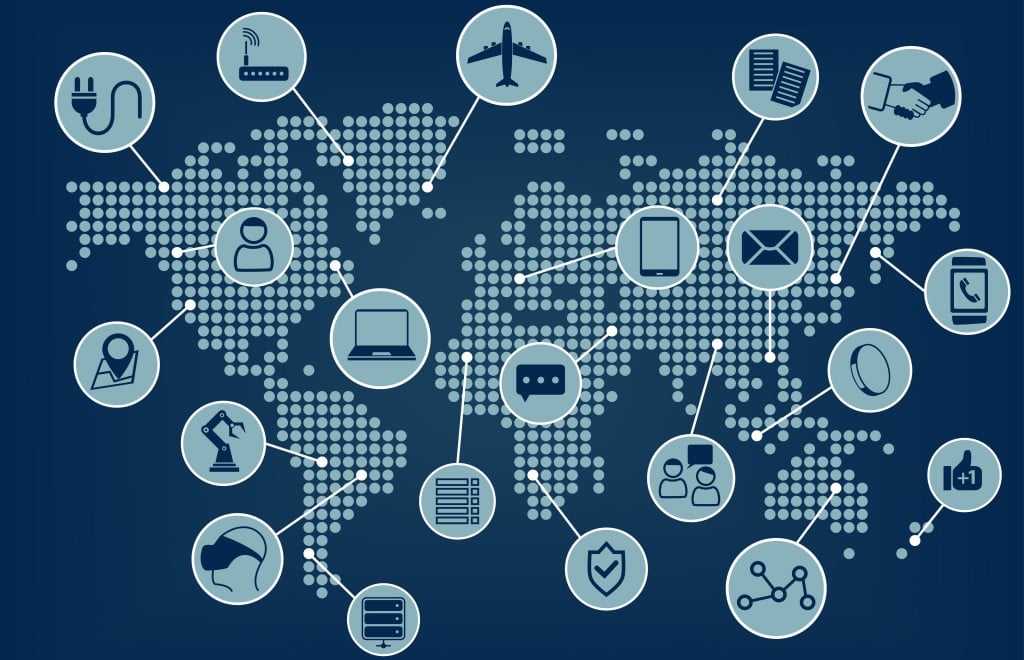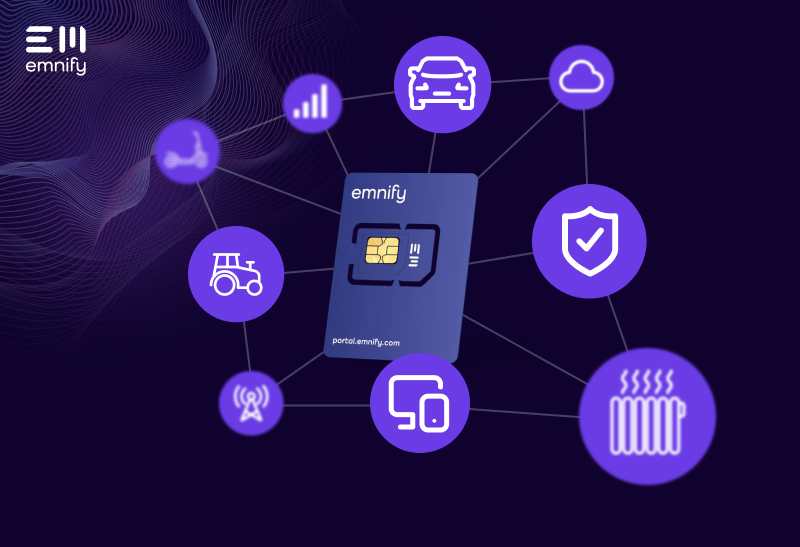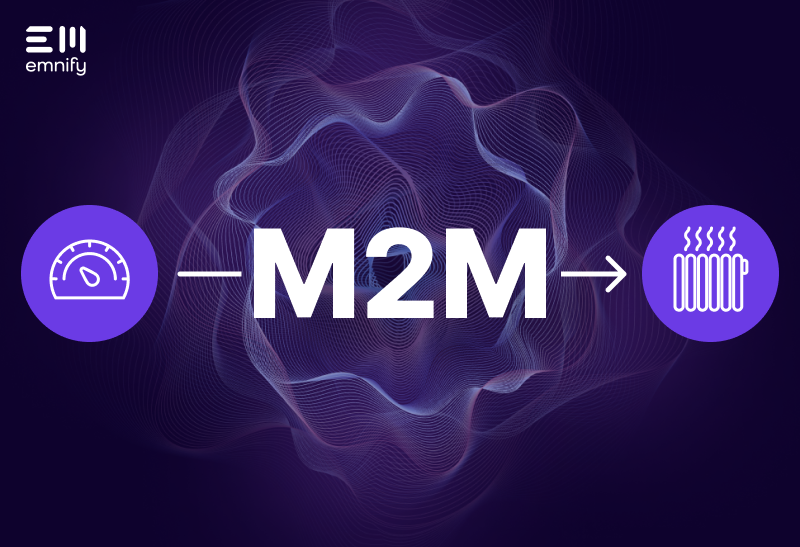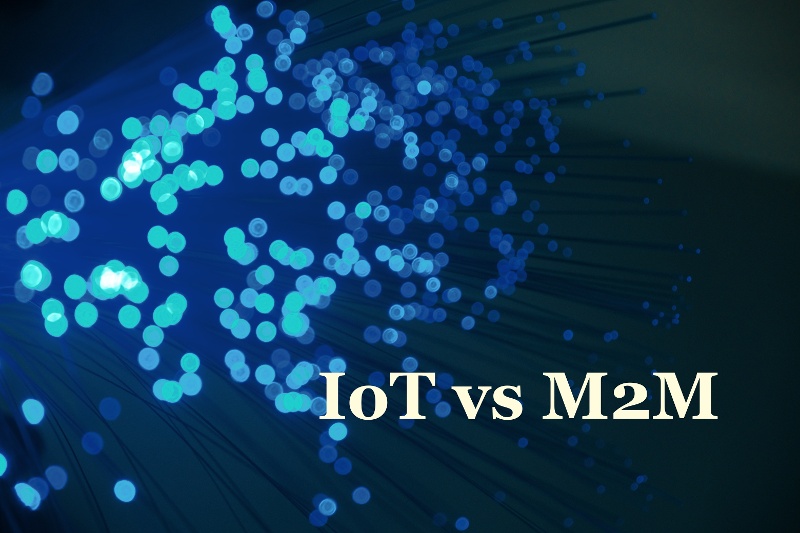

Internet of Things or simply IoT is now a commonplace term in day to day life. Concepts like the connected-home are the norm; whereas the inability to control household items remotely or monitor business assets globally is now considered abnormal. Yet it was only 16 years ago that the term IoT first came into existence; it’s hard to believe that a concept that influences so much of our everyday lives is still just in its adolescence stages.
Kevin Ashton, executive director of the Auto-ID Center, is credited with coining the term ‘Internet of Things’ in 1999. He first used it when referencing the potential to link the use of RFID in Procter & Gamble’s supply chain to the internet. What we commonly define IoT as today is the communication that occurs between the ever-growing network of physical objects or "things" that are enabled with internet connectivity.
And what’s remarkable today is the sheer scale of communication that’s available to harness and channel. It was seven years ago in 2008 when the number of connected devices globally first exceeded the number of people in the world; and it’s that date, around 2008/2009, that Cisco IBSG estimates IoT was truly “born”.
Throughout the last seven years the number of connected devices has been growing and it’s now widely estimated that there are more than five billion connected devices globally. That number is expected to quadruple in the next five years to more than 20 billion by 2020.
So what does all this mean for you and your business? You now have the ability to connect and communicate with your assets globally, in real-time, no matter where you’re based. This means you can track cost, usage, lifetime and a whole myriad of other factors relating to your product and customer base.
Connecting devices to the Internet of Things
How you connect your devices and manage that communication is where M2M comes into it.
Machine to Machine aka M2M refers to the technologies that enable products or “things” to communicate with each other - and with other Internet-enabled devices and systems. There is a whole range of technologies and protocols that enable M2M connectivity; which one you use, greatly depends on the use case. For example, smart home connectivity is mostly provided via Bluetooth variants, while logistics and transportation utilizes the benefits of cellular M2M connectivity.
The concept of enabling devices with the ability to communicate with each other, without human interaction, has been experimented with many times throughout the decades. As early as 1968 Theodore G. Paraskevako began working on a concept to enable telephones to communicate with each other to exchange caller information; his concept forms the basis of modern day caller ID systems.
Close to 50 years later, the products we enable with communicative capabilities – and the M2M systems used to enable these communications – have become incredible advanced and varied. From remote surveillance to smart metering and smart grids. From monitoring stock in vending machines to fleet management. From pet tracking to monitoring smoke detector functionality. Product deployments on small and large scales can now be automated to gather information and perform commands. These automations can help businesses to manage resources, perform operational tasks according to predefined rules, tailor customer experiences by monitoring behavioral/purchase patters and much more.
The words of Sir Francis Bacon “knowledge is power” have never been more true than in this increasingly connected age. It seems there is no end to the benefits and opportunities that IoT and M2M connectivity provide. However, the systems you use to connect and harness the power of your IoT enabled devices can be the difference between greatness and mediocrity.
Cellular M2M Connectivity – the best solution for many use cases
For the most reliable connection globally we – and many others in the industry – recommend cellular connectivity via an IoT SIM card or its embedded variant. Although, to really make the most of your ability to connect your devices and harness information/communication sharing, you need to make sure your SIM can connect globally.
To ensure the best global IoT connectivity, you need to make sure you select a SIM provider that is not connected to just one telecommunications company but rather one that can operate on a network-agnostic level. This means the SIM card can automatically connect to any mobile networks throughout the world, selecting and changing between networks to ensure the strongest connection/signal.
The benefit to you and your business is that you have undisrupted, global connectivity to your assets at all times anywhere in the world. And because these SIMs are embedded directly into your hardware, you can stay connected even if your devices are mobile – such as with fleet management. Also, with a network-agnostic provider, you don’t have to manage multiple service contracts and tariffs in multiple regions, leaving you more time and money to dedicate to other important business functions.
So, in conclusion, IoT and M2M are fast moving freight trains hurtling businesses toward next generation communication abilities and better business practices. And if you want to make the most of the data your products and customers are producing, you need to incorporate a robust IoT and M2M program into your wider business plan.
If you have any questions or would like more information on IoT and M2M solutions for your business, contact us. Our team is always happy to help and offer advice.
You can also sign up to our newsletter to keep up with the latest news and insights.
Get in touch with our IoT experts
Discover how emnify can help you grow your business and talk to one of our IoT consultants today!
David Garcia brings his passion and over 8 years experience in IoT/IIoT to Product Marketing, along with Extensive experience in Utilities, Energy, Transportation, Manufacturing vertical markets.


